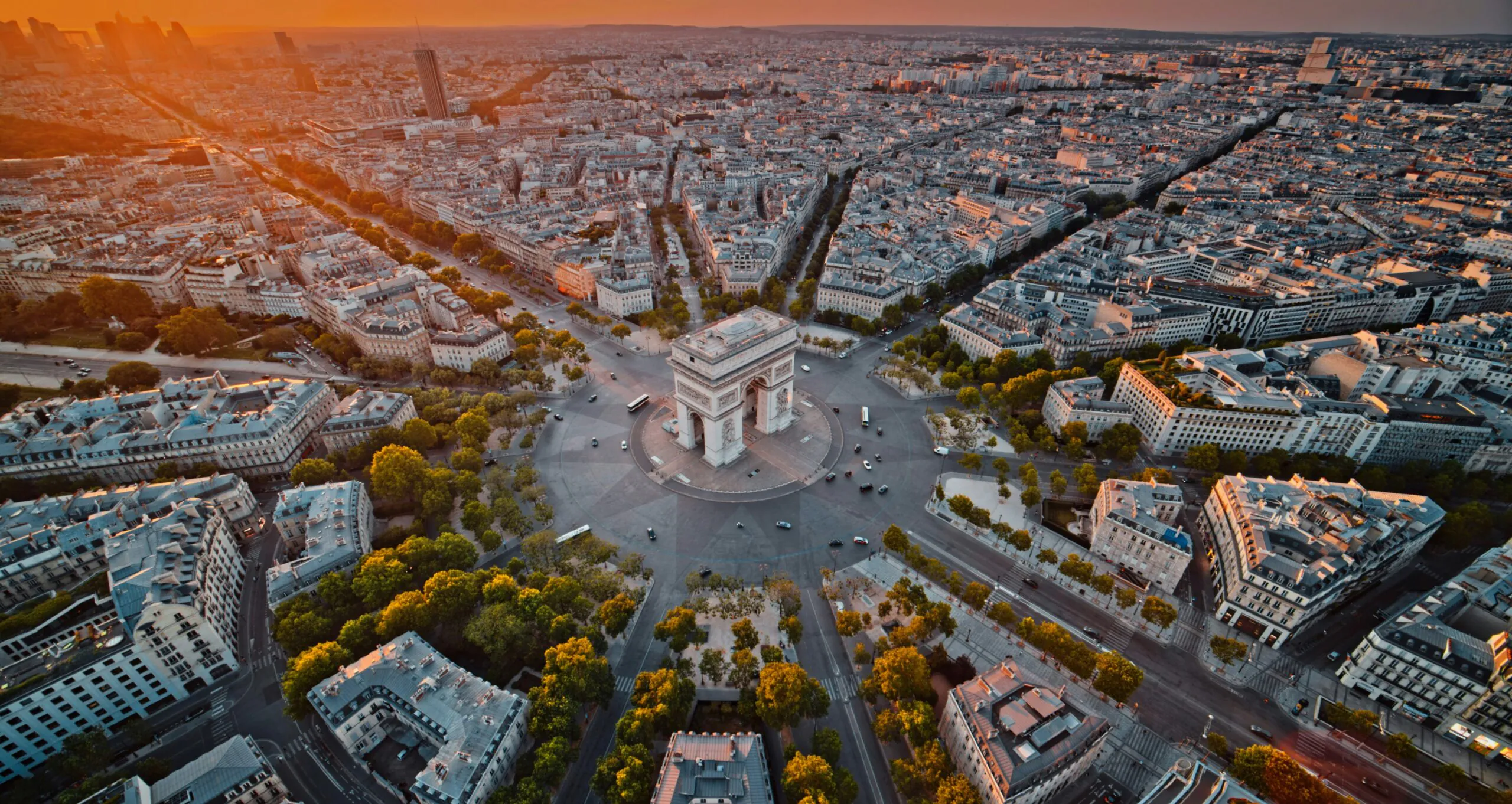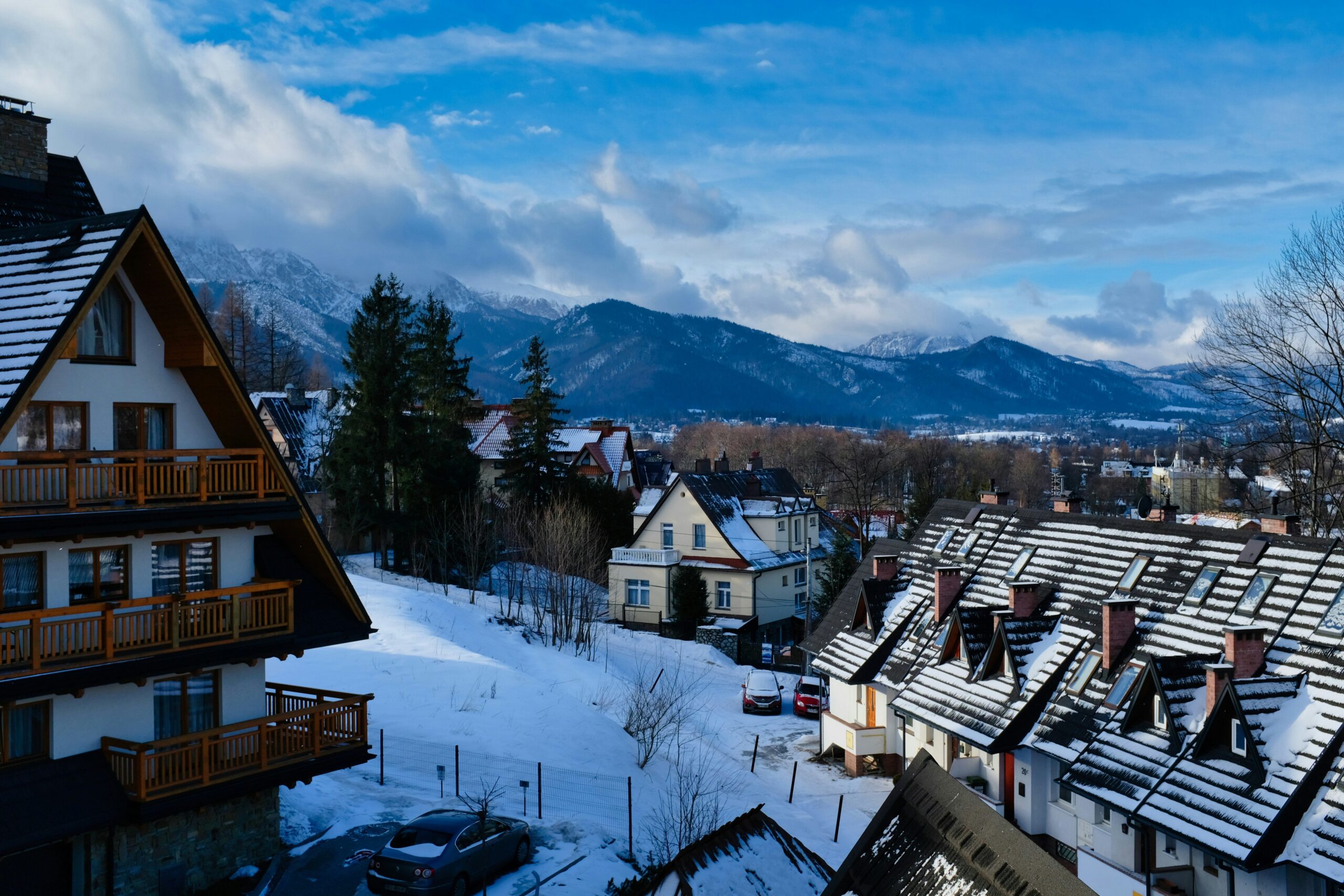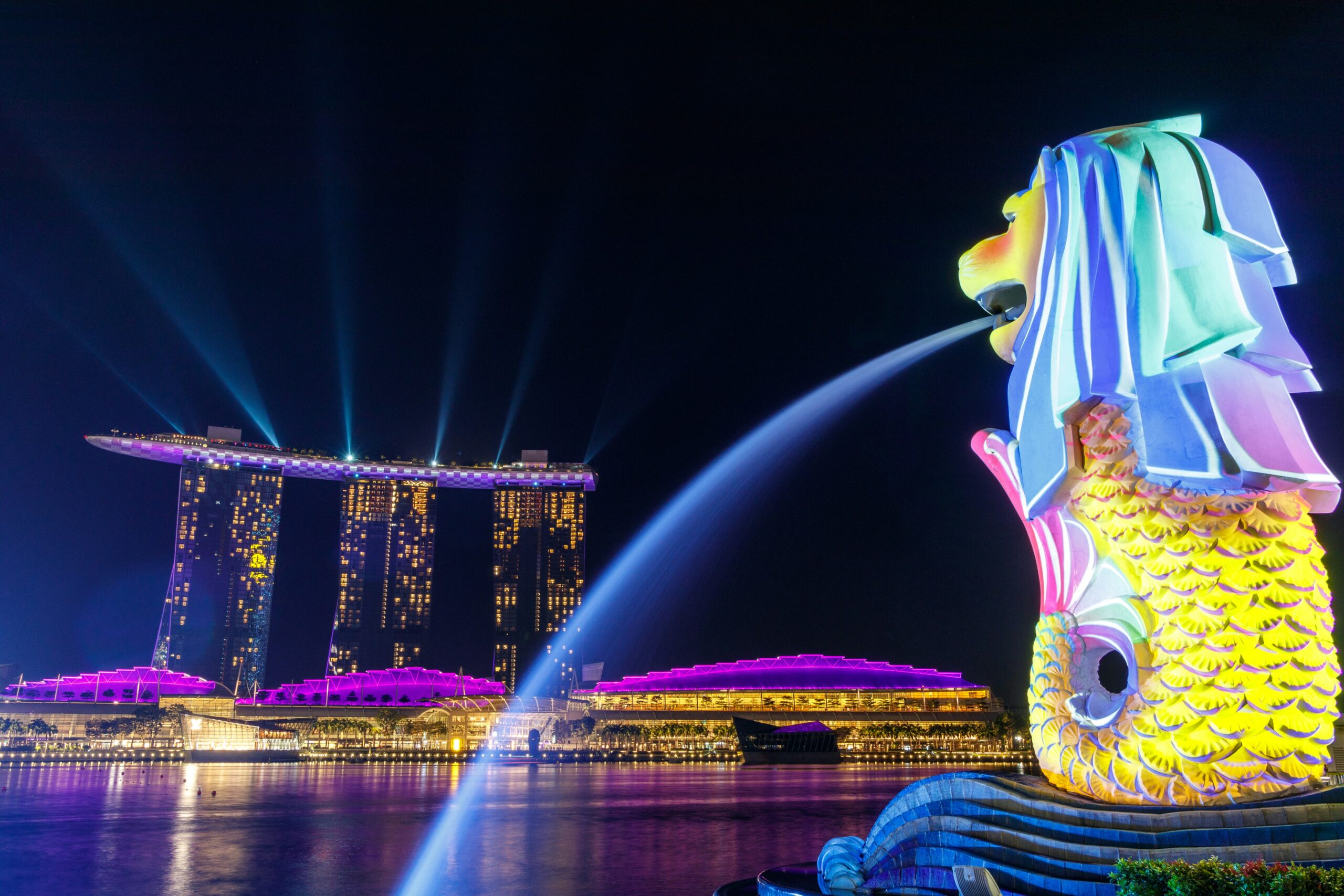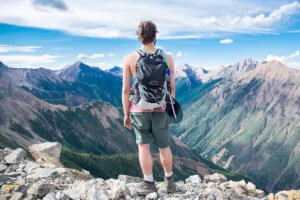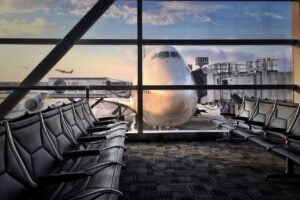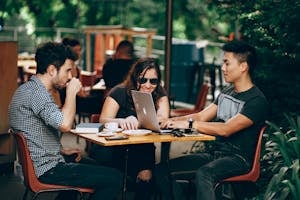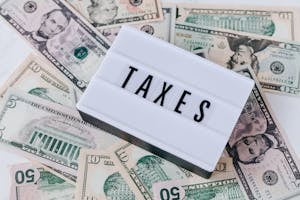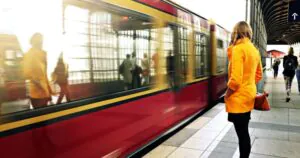Complete 7-Day Paris Itinerary: From the Classic to the Hidden
Paris defies simple definition. Beyond the postcard-perfect landmarks lies a city of contradictions: Michelin-starred restaurants next to hole-in-the-wall falafel shops, centuries-old bookstores beside co-working spaces filled with digital nomads, and locals who’ll scoff at your tourist map while secretly appreciating your attempt at French.
This 7-day Paris itinerary balances must-see icons with neighborhood secrets, helping you experience the city as both visitor and temporary resident. Whether you’re here to photograph the Eiffel Tower or find the perfect café for remote work, this guide has you covered.
Before You Go: Smart Planning Essentials
Getting There & Choosing Your Base
Airports: Charles de Gaulle (CDG) handles most international flights, while Orly serves European routes. The RER B train connects CDG to central Paris in 30-40 minutes for around €11. Avoid unofficial “taxi” drivers at arrivals who’ll charge triple the legitimate rate.
Neighborhoods worth considering:
- 3rd & 4th (Marais): Historic charm, excellent cafés, strong WiFi for remote workers
- 11th (Oberkampf/République): Trendy, affordable, authentic nightlife
- 5th (Latin Quarter): Intellectual vibe, proximity to landmarks, good mid-range hotels
- 10th (Canal Saint-Martin): Up-and-coming, local feel, co-working spaces nearby
- 7th (Near Eiffel): Beautiful but touristy and pricey
Skip: The 1st arrondissement unless budget is unlimited. You’ll pay premium prices to wake up near the Louvre while locals commute in from more interesting neighborhoods.
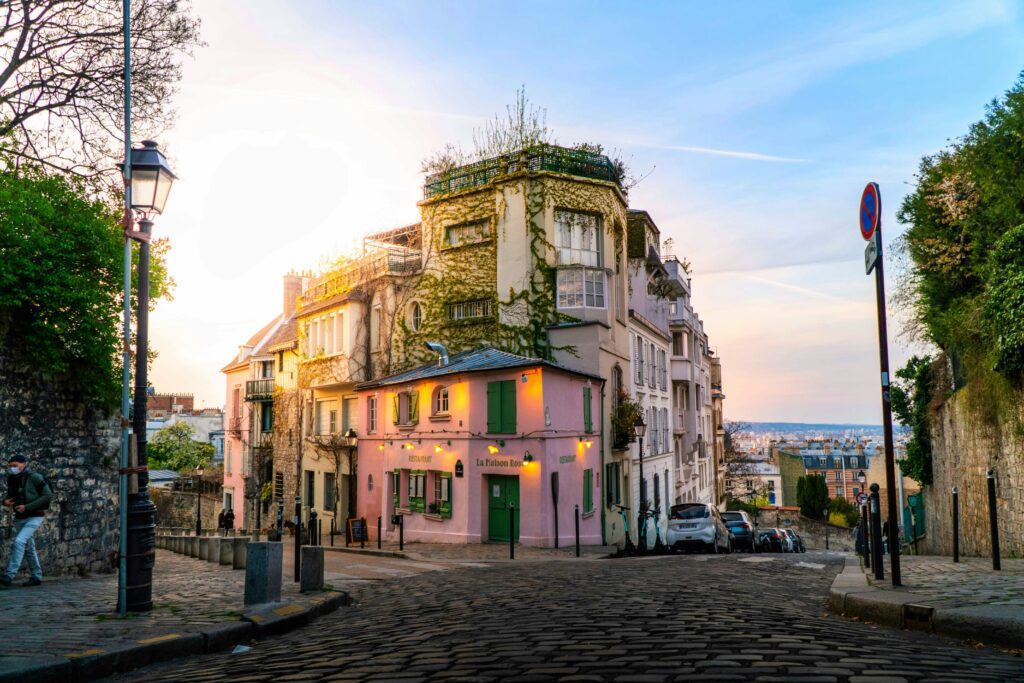
When to Visit & What to Pack
Best timing: April-June or September-October deliver mild weather and manageable crowds. July-August means peak tourists and higher prices. November-February brings gray skies and early sunsets, though Christmas markets add charm.
Packing reality check: Parisians don’t actually wear berets and striped shirts, but they do notice sneakers. Comfortable walking shoes that aren’t bright white athletic trainers will help you blend in. Layers matter more than style in spring and fall. Some upscale restaurants and jazz clubs prefer smart casual over shorts and flip-flops, but Paris isn’t Monaco. You won’t need formal wear unless you’re dining at multi-Michelin establishments.
Money Matters
The euro (€) rules here. Credit cards work almost everywhere, but carry €50-100 cash for market vendors, small cafés, and those inevitable moments when card readers mysteriously stop working.
Budget baseline for 7 days:
- Budget traveler: €800-1,200 (hostels, picnic lunches, free museums)
- Mid-range: €1,500-2,500 (decent hotel, mix of restaurants, paid attractions)
- Comfortable: €3,000+ (boutique hotels, fine dining, skip-the-line everything)
Digital nomads factor in co-working spaces (€15-30/day) or splurge on café WiFi with guilt-free €5 coffees.
Transport: Your Secret Weapon
Paris Metro operates until around 1:15 AM (2:15 AM Fridays/Saturdays). Understanding your ticket options saves significant money:
Best options:
- Navigo Easy: Reloadable card (€2) for pay-as-you-go flexibility
- Paris Visite Pass: Unlimited travel for 1-5 consecutive days, includes airport zones
- Navigo Découverte: Weekly pass (Monday-Sunday) for €30, best if arriving early in the week
Pro tip: Buy tickets through the official Île-de-France Mobilités app to avoid confusing machines and potential “helpful” scammers at stations.
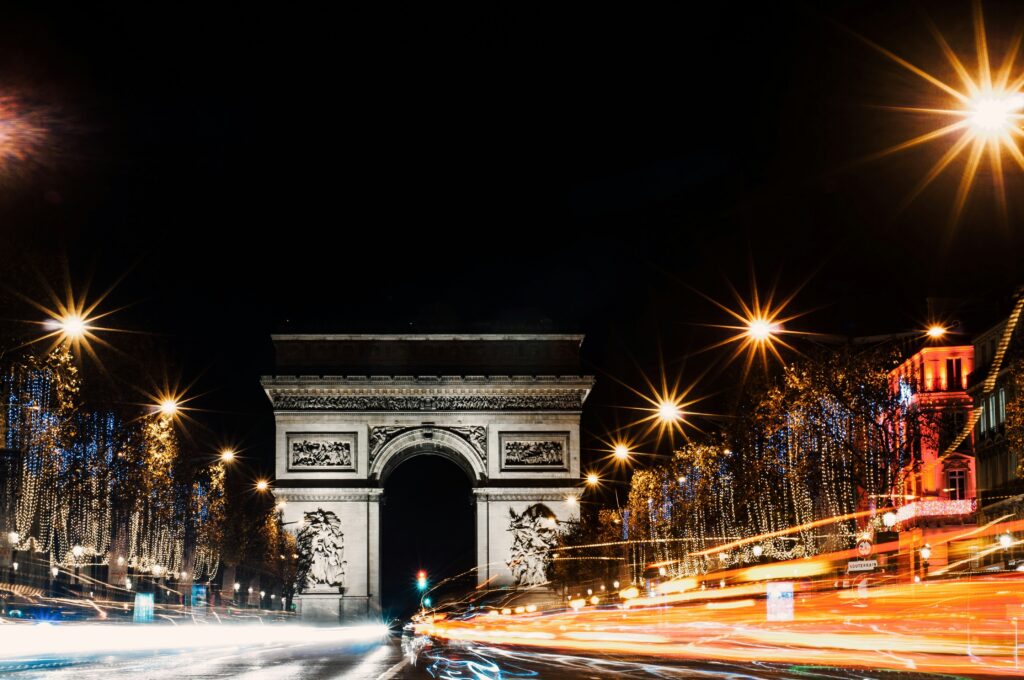
Safety & Common Scams
Paris isn’t dangerous, but it attracts professionals in the pickpocketing industry. Their greatest hits:
The classics to avoid:
- Gold ring scam: Someone “finds” a ring, asks if it’s yours, then demands money for returning it
- Petition scam: Clipboard-wielding people asking signatures while partners pick pockets
- Three-card monte: Never, ever play street games involving money
- Metro pickpockets: Especially crowded Line 1 between Châtelet and Bastille
- Fake police: Real police don’t randomly check wallets on the street
Simple protection: Front pockets for phones, crossbody bags facing forward, awareness in crowds, polite but firm “non merci” to street approaches.
Emergency numbers: 112 (European emergency), 17 (police)
Essential Apps
Download before departure:
- Île-de-France Mobilités: Official transport tickets and schedules
- Citymapper: Superior route planning
- TheFork (LaFourchette): Restaurant bookings with discounts
- Too Good To Go: Rescue unsold restaurant food at closing time (budget goldmine)
- Lime/Dott: E-scooter rentals for short trips
- Meetup: Find local events and language exchanges
- Libib or WorkFrom: Discover café WiFi quality (digital nomad essential)
Language & Local Behavior
English works in tourist zones, but starting with “Bonjour, parlez-vous anglais?” shows respect. Many Parisians speak English but appreciate the effort.
Cultural notes:
- Always greet shopkeepers when entering (“Bonjour!”)
- Keep voices moderate on public transport
- Lunch service typically runs 12-2:30 PM, dinner after 7:30 PM
- Most kitchens close 3-7 PM between services
- Tipping isn’t mandatory (service included) but rounding up is appreciated
The 7-Day Itinerary
Day 1: Eiffel Tower & Grounded Arrival
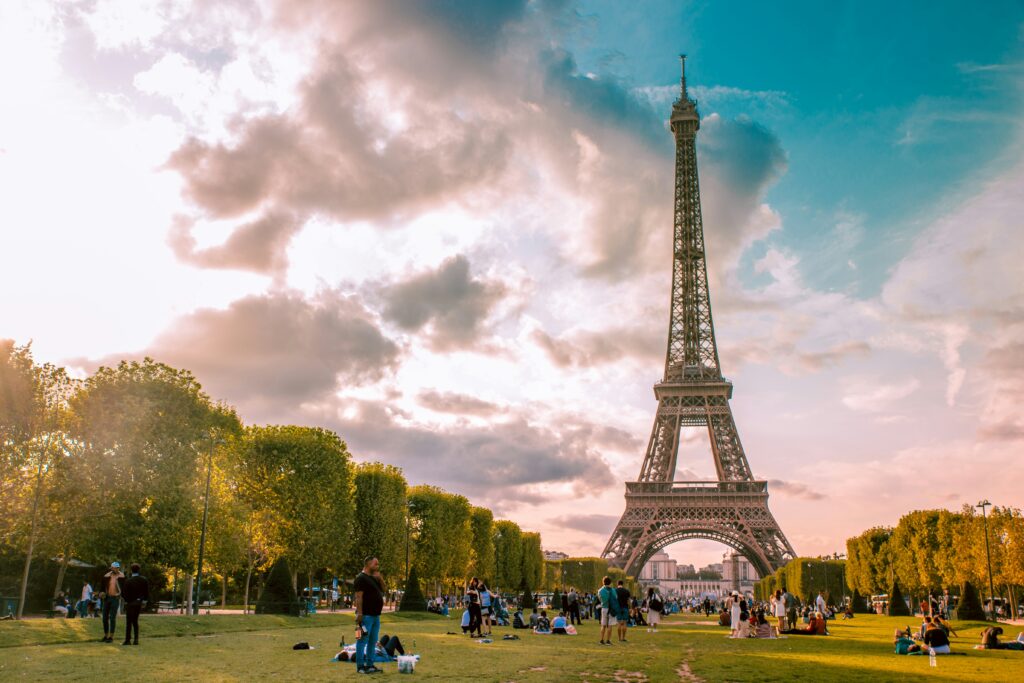
Morning: After checking in and dropping bags, head straight to the Eiffel Tower. Book your time slot in advance through the official site to avoid 2-hour queues. Early morning (9-10 AM) offers better light and thinner crowds.
Reality check: The summit experience involves long elevator waits. The second floor provides excellent views with less hassle. Many locals argue the best Eiffel view comes from not being on it.
Lunch: Skip overpriced tower-adjacent restaurants. Walk 10 minutes to Rue Cler market street for takeaway crêpes, rotisserie chicken, or cheese and charcuterie. Picnic in Champ de Mars while watching tourists fight over photo angles.
Afternoon: Walk to Trocadéro for classic tower photos (arrive around 3-4 PM for golden hour). Then explore the area’s lesser-known museums if you need air conditioning, or stroll along the Seine toward Pont de l’Alma.
Evening: Dine in the residential part of the 15th arrondissement (metro Commerce or Cambronne). Try bistros on Rue du Commerce where locals actually eat. The tower’s hourly sparkle show (first 5 minutes of each hour after dark) is visible from multiple Seine bridges, no crowded viewing platform required.
Digital nomad tip: Télescope Café (5th) offers excellent coffee and reliable WiFi for post-lunch work sessions.
Day 2: Louvre & Museum Strategy
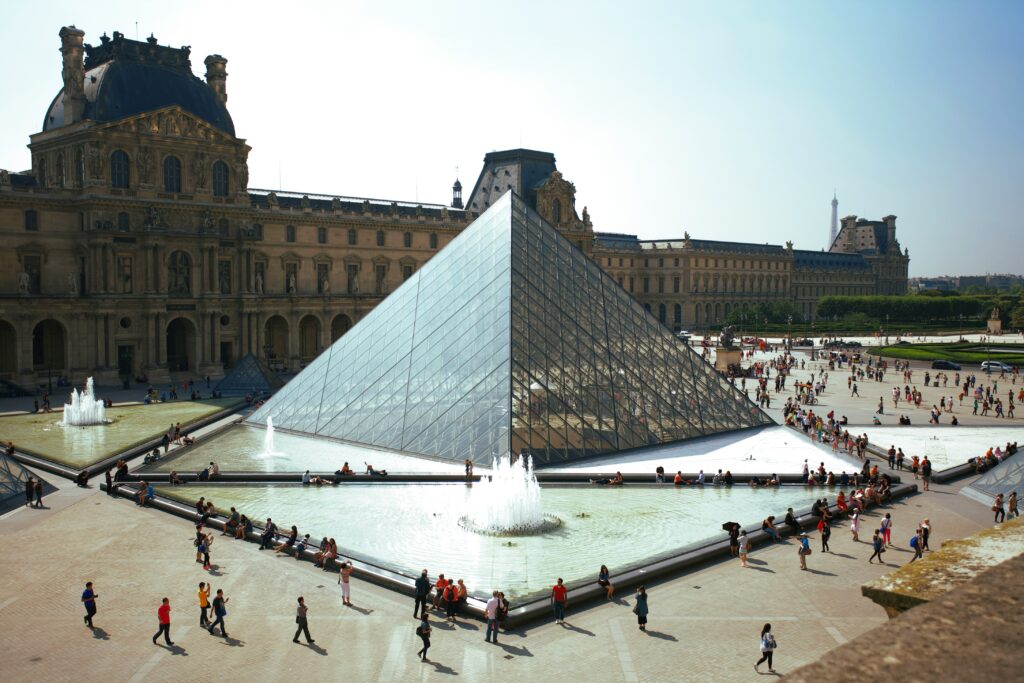
Morning: The Louvre opens at 9 AM. Arrive by 8:45 AM or book the first time slot (9-10 AM entry). Everyone photographs the Mona Lisa, but the Museum’s real treasures hide in less crowded wings: Mesopotamian antiquities, Islamic art galleries, or the massive French paintings section.
Survival strategy: The Louvre spans 72,735 square meters. Seeing everything is impossible. Pick 2-3 areas maximum. The Denon wing houses greatest hits (Mona Lisa, Venus de Milo) and worst crowds.
Lunch: Exit to Palais Royal gardens (5-minute walk). The surrounding area offers quality bistros where locals lunch. Avoid anything on Rue de Rivoli with photos on the menu.
Afternoon: Choose your own adventure:
- More art: Musée d’Orsay (pre-book) for Impressionists
- Quieter culture: Musée Rodin sculpture garden
- Shopping: Le Marais boutiques and vintage shops
- Work time: Fragments café (Marais) has strong WiFi and comfortable seating
- Pastry pilgrimage: Stop at Cédric Grolet Opéra (35 Avenue de l’Opéra) for world-famous sculpted fruit desserts
Evening: Head to the 11th arrondissement (Oberkampf or Parmentier metro). This neighborhood explodes after 7 PM with wine bars, contemporary bistros, and locals enjoying apéro (pre-dinner drinks). Try natural wine at La Cave à Michel or innovative small plates at Septime’s wine bar (reservations impossible, walk-ins only).
Budget hack: Many museums offer free entry the first Sunday of each month, though crowds reflect this.
Day 3: Markets, Canals & Actual Paris
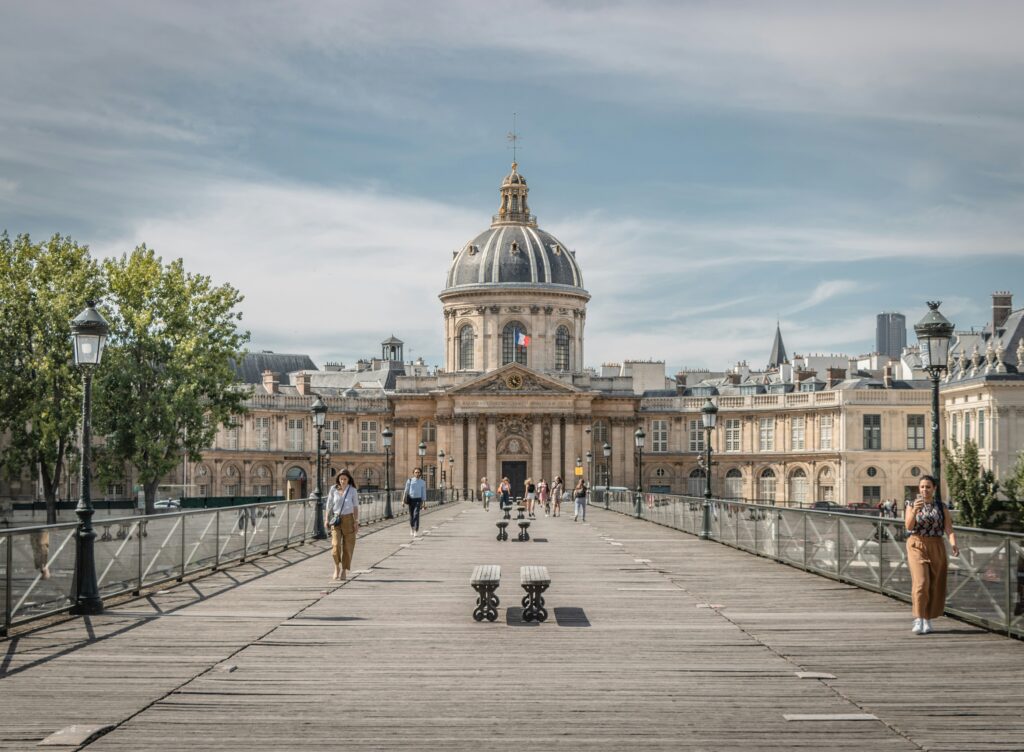
Today you’ll see where Parisians actually spend their weekends.
Morning: Choose your market adventure:
- Rue Mouffetard (5th): Historic street market, excellent for breakfast pastries and people-watching
- Marché d’Aligre (12th): Authentic, slightly chaotic, fantastic produce and cheap flowers
- Marché Bastille (Thursday/Sunday): Largest open-air market, overwhelming but genuine
Buy fruit, cheese, and bread for later. Watch locals inspect tomatoes with the intensity of diamond appraisers.
Late morning: Canal Saint-Martin beckons. This area transformed from working-class to hipster central over the past decade. Walk the canal banks, watch lock operations, observe locals lounging on the edges with wine bottles (technically illegal, universally practiced).
Lunch: Du Pain et Des Idées (boulangerie) near Canal Saint-Martin serves legendary pastries. Or try Chez Aline for affordable Mediterranean plates. Ten Belles for serious coffee.
Afternoon: Wander the Marais (3rd and 4th arrondissements). This isn’t just gay nightlife and boutique shopping (though both thrive here). Hidden courtyards reveal medieval Paris, Jewish bakeries serve traditional pastries, and vintage shops offer better souvenirs than Eiffel Tower keychains.
Must-see: Village Saint-Paul (antique dealers), Place des Vosges (Paris’s oldest planned square), L’As du Fallafel (yes, it’s touristy, yes, it’s worth it).
Evening: Belleville or Menilmontant for dinner (metro Belleville or Pyrénées). These neighborhoods showcase Paris’s diversity: Chinese restaurants, North African couscous joints, Vietnamese bánh mì shops, and trendy wine bars coexist. Try La Mère Lachaise for natural wine and small plates, or go cheap at Aux Deux Amis.
After dinner, Parc de Belleville offers stunning sunset views over Paris. Local secret: better vista than Montmartre, zero crowds.
Day 4: Day Trip Beyond the City
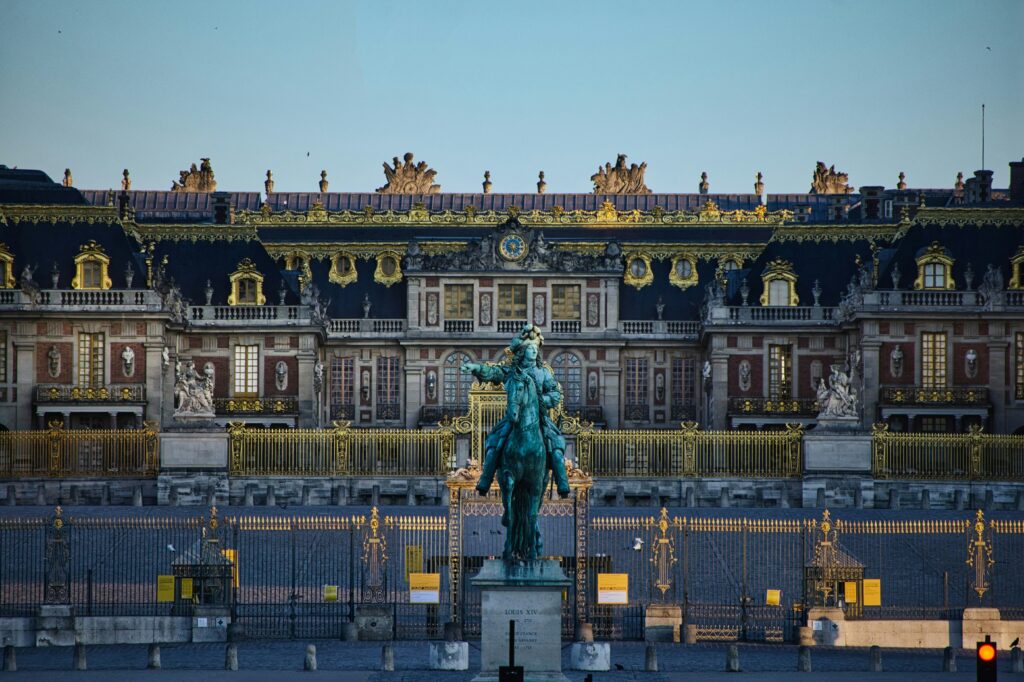
Break up your week with a regional escape. Options ranked by crowd levels:
Option 1: Versailles (Most Popular) The palace and gardens deserve their fame, but expect crowds even with advance tickets. Train: RER C to Versailles Château Rive Gauche (45 minutes). Arrive when it opens (9 AM). Garden entry is free except during fountain show days (check schedule).
Strategy: See the palace first (1.5 hours minimum), then spend afternoon in the gardens. Marie Antoinette’s Estate and the Trianon palaces see fewer visitors. Pack a picnic for garden lunch.
Option 2: Fontainebleau (Best Balance) Less crowded than Versailles, equally impressive château, plus actual forest. Train from Gare de Lyon (40 minutes). The château showcases different French architecture periods. The forest offers hiking, bouldering, and fresh air. Local town has affordable lunch spots.
Option 3: Giverny (Monet’s Gardens) Seasonal option (April-October). Train to Vernon, then bus to Giverny. Monet’s house and gardens inspired his water lily paintings. Arrives packed by 11 AM, so aim for first entry at 9:30 AM.
Option 4: Champagne Region (Reims or Épernay) For wine enthusiasts. High-speed TGV reaches Reims in 45 minutes. Tour champagne houses, explore cathedral, enjoy lunch. More expensive but memorable.
Budget traveler option: Saint-Germain-en-Laye offers château, gardens, and panoramic terrace overlooking Paris. RER A train (Zone 4). Mostly locals, free terrace access, quality lunch spots.
Evening: Return to Paris for low-key dinner near your accommodation. You’ll be tired.
Day 5: Montmartre Reality Check
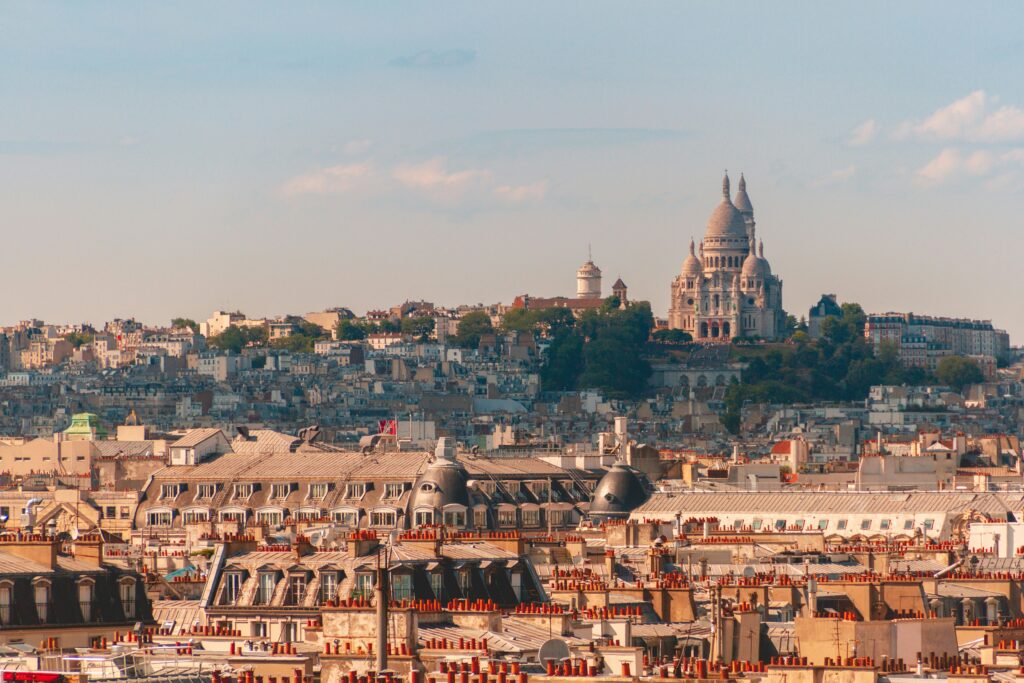
Montmartre exists in dual form: tourist circus and authentic village. Timing determines which you’ll experience.
Morning: Arrive at Sacré-Cœur by 8:30 AM before tour groups invade. The funicular runs from Anvers metro (included in metro ticket). The basilica itself is free, the dome climb costs €6 and offers superior views.
The truth about Montmartre: Place du Tertre’s “artists” produce assembly-line portraits. The “free bracelet” guys are aggressive scammers. Restaurant prices triple within 100 meters of Sacré-Cœur.
Better strategy: Walk downhill from the basilica into residential Montmartre. Streets like Rue Lepic, Rue des Abbesses, and Rue Caulaincourt maintain local character. The Amelie café (Les Deux Moulins) exists but serves mediocre tourist food. Better options: Le Petit Trianon for casual French, or Hardware Societe for Australian-style brunch.
Afternoon: Explore Pigalle’s transformation from red-light district to trendy arts quarter. Rue des Martyrs offers cheese shops, bakeries, and boutiques frequented by locals. Stop at Arnaud Delmontel (best croissants) and Des Gâteaux et du Pain (pastries).
Alternative: Musée de Montmartre tells the neighborhood’s bohemian history through a quieter lens than the tourist chaos suggests.
Evening (Gourmet Experience): Book ahead at a rising-star restaurant. Paris’s culinary scene extends beyond classical French:
- Table by Bruno Verjus: Ranked #3 in World’s 50 Best Restaurants 2024, €400 tasting menu
- Septime: Michelin-starred, ranked #11 globally, relaxed industrial-chic vibe (€85 lunch/€135 dinner)
- Yard: Natural wine bar with inventive small plates, local favorite
- Clown Bar: Historic circus-themed bistro with modern cuisine
- Aldehyde: Michelin-starred with Tunisian influences, 2024 newcomer
Dress code reality: Most Paris restaurants accept smart casual (no shorts, no flip-flops). Michelin-starred establishments prefer elevated casual. You rarely need suits or dresses unless explicitly stated.
Hype check: Instagram-famous restaurants like Pink Mamma look gorgeous but serve average food at premium prices (€€€). The truffle pasta is decent, but you’re paying for the aesthetic. Local food critics suggest alternatives like Parcelles or authentic neighborhood bistros.
After dinner: Explore Pigalle’s craft cocktail scene (Bisou, Glass) or catch live music at smaller venues like La Cigale or Le Trianon.
Day 6: Contemporary Paris & Rooftop Sunset
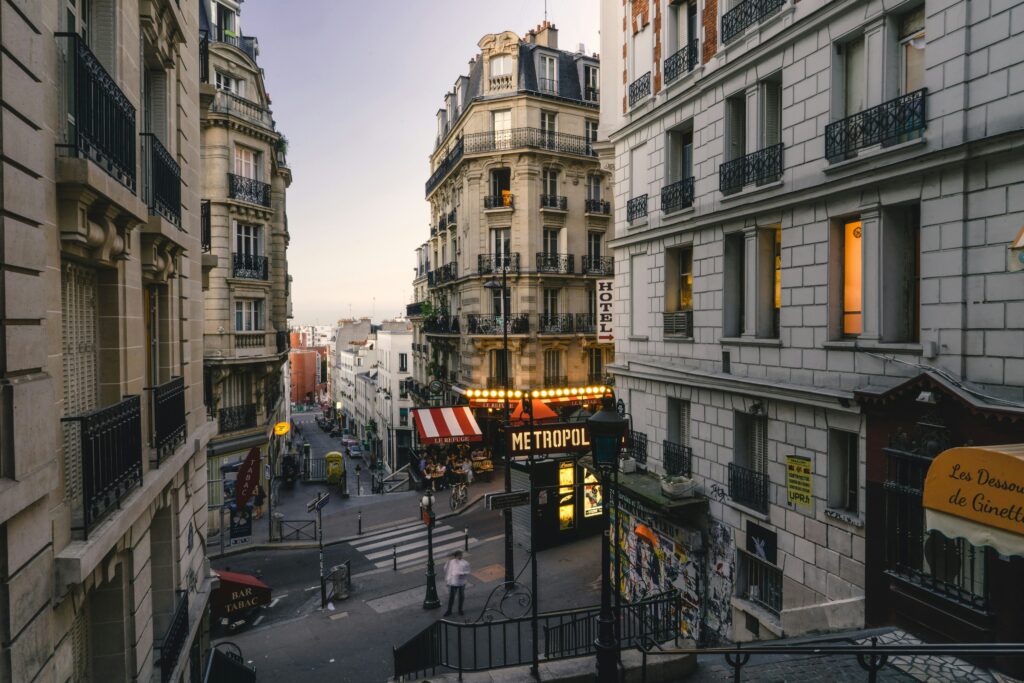
Morning: Centre Pompidou area (Beaubourg). The building itself provokes reactions (beautiful or ugly, rarely neutral). The modern art collection competes with MoMA or Tate Modern. Free: the ground floor, library, and views from the exterior escalators.
Alternative: Louis Vuitton Foundation in Bois de Boulogne showcases contemporary art in Frank Gehry’s architectural statement. Metro to Les Sablons, then shuttle bus.
Lunch: Le Marais evolved into a brunch destination. Café Charlot for people-watching (overpriced), or Wild & The Moon for health-focused options. Breizh Café serves exceptional Breton crêpes.
Afternoon: Explore Paris’s covered passages (shopping arcades from the 1800s):
- Galerie Vivienne: Most elegant, instagram-ready
- Passage des Panoramas: Oldest, good restaurants
- Passage du Grand Cerf: Artisan shops and boutiques
These glass-roofed corridors reveal 19th-century Paris preserved in amber. They’re also excellent for rainy afternoons.
Work-friendly: The passages house several cafés with WiFi. Telescope (2nd location) or KB Café work for digital nomads.
Evening: Rooftop sunset experience. Options by budget:
- Free: Galeries Lafayette rooftop terrace (accessible during store hours)
- Drink price: Perchoir Marais, Mama Shelter, or Ground Control (temporary rooftop bar)
- Dinner: Georges at Centre Pompidou (expensive but spectacular)
Local secret: Parc de Belleville (mentioned Day 3) offers Paris’s best free sunset view. Bring wine and snacks, join the locals.
Night option: Canal Saint-Martin and République area come alive after dark. Bars, late-night falafel, and spontaneous gatherings along the water.
Day 7: Flex Day & Graceful Exit
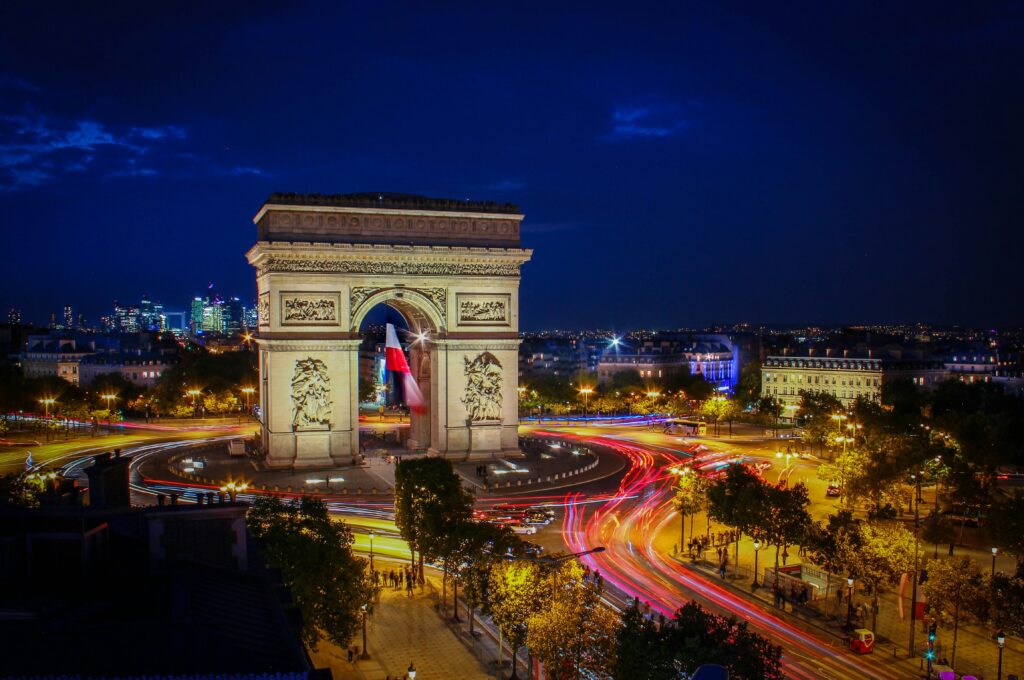
Your final day should accommodate your departure time and remaining interests.
Morning options:
If you have time: Visit a neighborhood you haven’t explored:
- 13th arrondissement: Paris’s Chinatown, street art, and modernist architecture
- La Villette: Canal-side park with contemporary culture spaces
- Buttes-Chaumont: Paris’s most dramatic park, built on former quarry
If time is tight: Wander your accommodation’s neighborhood one last time. Buy gifts at local shops instead of airport duty-free: wine from a cave, books from Shakespeare and Company, scarves from Marais boutiques, or cheese vacuum-packed for travel.
Shopping reality: Monoprix (local chain) sells quality French products at normal prices. The Galeries Lafayette tourist trap charges double for identical items.
Late morning: Brunch somewhere you wanted to revisit. Use your final metro rides (keep your pass active until airport departure).
Afternoon: Depending on flight times:
- Early flight: Start airport journey 2-3 hours before departure
- Evening flight: Store luggage at hotel or use station lockers (Gare du Nord, Gare de Lyon). Continue exploring until 3-4 hours before departure.
Final meal: If time permits, grab last-minute street food. A good baguette sandwich from a local boulangerie often surpasses mediocre sit-down meals.
Beyond the Itinerary: Deeper Insights
The Real Tourist Trap List
Worth the hype despite crowds:
- Eiffel Tower (at least once)
- Louvre (with strategy)
- Shakespeare and Company bookstore
- Sainte-Chapelle’s stained glass
Tourist traps to skip:
- Moulin Rouge dinner shows (expensive, dated)
- Any restaurant on Champs-Élysées
- Seine dinner cruises (overpriced, rushed meals)
- Overpriced cafés in front of Notre-Dame (currently closed for restoration anyway)
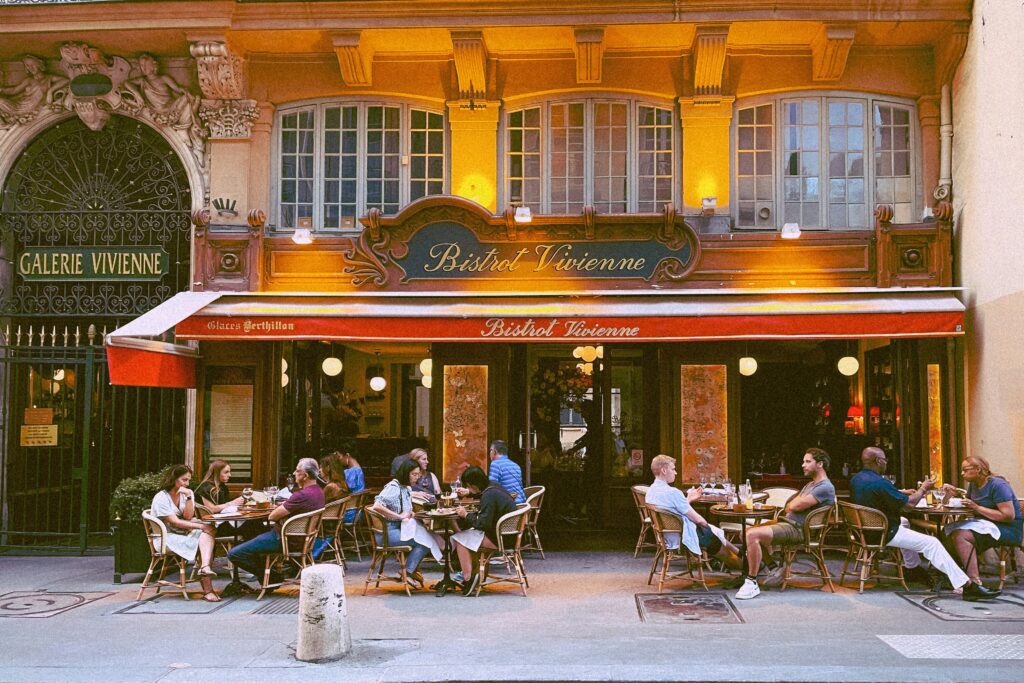
Eating Like You Live Here
Where locals actually eat:
- Neighborhood markets for picnic supplies
- Boulangeries for morning pastry and coffee at the counter (€3 vs. €8 sitting)
- Lunch menus (formule) at bistros (2-3 courses, €15-25)
- Vietnamese, Chinese, and North African restaurants (best value)
- Wine bars with small plates instead of formal dinners
Current food trends:
- Natural wine bars (vin nature)
- Farm-to-table bistros (fermentation, seasonal menus)
- Regional French cuisine making comebacks (Basque, Savoie, Bretagne)
- Plant-based restaurants going beyond salads
Money-saving meals:
- Picnic lunches (market shopping: €5-10/person)
- Boulangerie sandwiches (€5-7)
- Lunch formules instead of dinner (same restaurant, half the price)
- Street food (crêpes, falafel, bánh mì: €5-10)
- Supermarket wine (€5-10 bottles rival €40 restaurant markups)
Digital Nomad Essentials
Paris works surprisingly well for remote work:
Co-working spaces:
- Anticafé: Pay by time, unlimited coffee
- Morning Coworking: Multiple locations, day passes
- WeWork: Professional if you need meeting rooms
Café working etiquette:
- Order regularly (every 2 hours minimum)
- Avoid lunch rush (12-2 PM)
- Choose larger cafés where you’re not taking a sought-after table
- Ask about WiFi before settling in
Best work cafés:
- Télescope (5th): Coffee quality + WiFi speed
- Ten Belles (canal area): Morning productivity
- KB Café (passage): Afternoon quiet
- Fragments (Marais): Comfortable seating
SIM cards: Orange, SFR, or Free Mobile offer tourist SIM packages (€20-40 for 2-4 weeks, substantial data). Buy at phone shops, not airport (better deals).
Understanding Arrondissements
Paris spirals outward from the 1st to the 20th like a snail shell. Lower numbers = central and classic. Higher numbers = residential and diverse.
Character guide:
- 1st-4th: Historic, expensive, touristy but beautiful
- 5th-6th: Latin Quarter, intellectual, student energy
- 7th: Affluent, elegant, sleepy at night
- 8th: Business district, avoid
- 9th-10th: Emerging cool, good food, authentic
- 11th: Nightlife, diverse, young professionals
- 18th: Montmartre + immigrant communities, mixed
- 19th-20th: Working class transforming trendy, best value
Seasonal Considerations
Spring (April-June):
- Ideal weather, flowers blooming
- Easter crowds, book ahead
- Outdoor terraces open
Summer (July-August):
- Peak tourist season, highest prices
- Many locals vacation elsewhere
- Longest daylight hours
- Paris Plages (artificial beaches)
Fall (September-October):
- Perfect weather, cultural season begins
- Harvest wine promotions
- Golden light for photography
Winter (November-March):
- Christmas markets (December)
- Fashion Week (January, February)
- Shorter days, gray skies
- Best hotel deals
- Ice skating rinks
Current Safety Updates
Paris remains safe for tourists, but awareness helps:
Recent concerns:
- Metro pickpocketing increased post-pandemic
- Airbnb scams (verify hosts, use secure payment)
- Fake police checks targeting tourists
- Overcharging at clubs and bars
Practical safety:
- Keep valuables in front pockets or inner jacket pockets
- Don’t use phone obviously on metro platforms
- Verify Uber/taxi license plates match app
- Drink responsibly, watch your glass
- Trust your instincts in uncomfortable situations
When Things Go Wrong
Lost passport: Contact your embassy immediately. U.S. Embassy at Concorde metro.
Theft: File police report at nearest commissariat (station) for insurance claims. Emergency police: 17 or 112.
Medical issues: Pharmacies (green cross signs) handle minor issues. EU health cards work; others need travel insurance. Emergency: 15 or 112.
Transport strikes: Common in France. Check strike calendars, download backup transport apps (Bolt, Uber), or rent bikes.
Sustainable Travel Tips
Eco-conscious choices:
- Skip bottled water (Paris tap water is excellent)
- Use refillable water bottles (fountains throughout city)
- Choose walking or cycling over taxis when possible
- Shop at markets to avoid packaging
- Use Too Good To Go app for food rescue
- Stay in eco-certified hotels
- Bring reusable shopping bags (plastic bags cost money)
Paris Etiquette Decoded
Do:
- Say “Bonjour/Bonsoir” when entering shops
- Validate metro tickets (inspectors fine heavily)
- Stand right, walk left on escalators
- Wait for people to exit before boarding metro
- Ask permission before photographing someone
Don’t:
- Speak loudly on public transport
- Eat smelly food on metro
- Assume everyone speaks English
- Tip less than 5% for truly excellent service
- Walk in bike lanes (you’ll get yelled at)
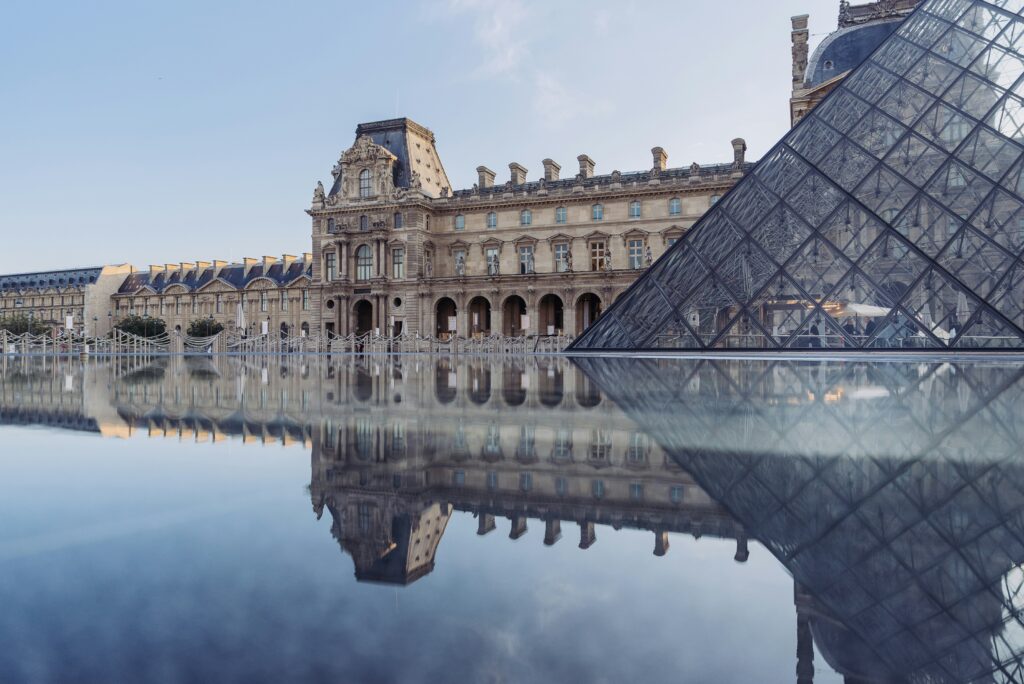
Paris Curiosities & Fun Facts
The Seine’s two sides: The river divides Paris into “Rive Gauche” (Left Bank) and “Rive Droite” (Right Bank), a distinction Parisians take seriously. Traditionally, the Left Bank was intellectual and bohemian, while the Right Bank was commercial and aristocratic. Today these lines blur, but locals still identify strongly with their bank.
The arrondissement spiral: Paris’s 20 districts spiral outward like a snail shell (escargot, fitting). The 1st sits at the center, numbers increase clockwise. This isn’t just administrative – it tells you about neighborhood character. Lower numbers mean historic and expensive, higher numbers signal residential and diverse.
Market streets are ancient: Rue Mouffetard, where you’ll visit on Day 3, dates back to Roman times. It’s one of Paris’s oldest streets and has hosted markets for over 2,000 years. The same families have run some stalls for generations.
Metro stations as museums: Many metro stations are architectural gems themselves. Arts et Métiers looks like a submarine (designed for the nearby science museum), Abbesses has one of only two original Art Nouveau entrances remaining, and Louvre-Rivoli displays replicas of museum pieces.
The real Midnight in Paris locations: Woody Allen’s film romanticized specific spots: the stairs at Saint-Étienne-du-Mont (where Gil meets Adriana), Musée Rodin gardens (Gil’s contemplation scenes), and the actual Shakespeare and Company bookstore (though they filmed elsewhere).
Lunch break is sacred: French labor law mandates lunch breaks, and Parisians take this seriously. Many restaurants close between 3-7 PM. Trying to find sit-down food at 4 PM? You’ll struggle. Plan accordingly.
The French paradox lives here: Parisians consume butter, cream, cheese, wine, and pastries regularly yet maintain lower obesity rates than many countries. Current theories credit smaller portions, walking culture, and leisurely eating (no desk lunches).
Champagne isn’t from Paris: People confuse this, but Champagne comes from the Champagne region (90 minutes away by train). What you’ll drink in Paris are “crémants” (sparkling wines from other regions) or actual Champagne brought from Reims/Épernay.
The Eiffel Tower was temporary: Built for the 1889 World’s Fair, it was scheduled for demolition in 1909. It survived only because it proved useful as a radio antenna. Critics called it an eyesore. Today it’s the world’s most visited paid monument.
Paris has beaches: Every summer (mid-July to mid-August), the city creates Paris Plages – artificial beaches along the Seine and Canal de l’Ourcq with sand, palm trees, and loungers. Free admission, surprisingly popular with locals.
Making the Most of Your Week
This 7-day Paris itinerary provides structure while leaving room for spontaneity. The best Paris moments often happen accidentally: a perfect café discovered on a wrong turn, a concert stumbled upon in a church, a conversation with a local who recommends their secret spot.
Paris rewards curiosity over checklists. The Eiffel Tower won’t disappear if you spend an extra hour at a market. The Louvre survived centuries; it’ll survive you visiting tomorrow instead of today.
Treat this itinerary as a flexible framework, not a rigid schedule. Skip what doesn’t interest you. Linger where you find magic. Return to neighborhoods that speak to you. Let jet lag dictate some mornings. Eat cheese for breakfast if you want (locals do).
The city has survived Romans, revolutions, and millions of tourists. It’ll survive your visit too, and with luck, you’ll leave part of your heart here, guaranteeing a return trip.
Bon voyage, and remember: Paris is best experienced not as a museum to rush through, but as a city to inhabit, even if only for a week.
Related Post: Hidden European Gems: Lesser-Known Cities Worth Visiting
